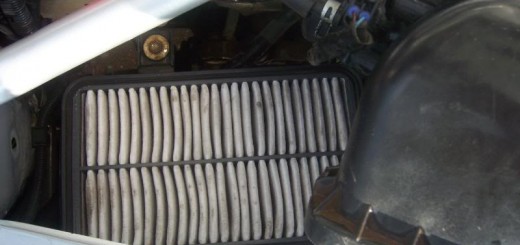Here is a guide I compiled whilst fitting new front brakes to the front of my roadster at the beginning of the year (only just getting round to putting the guide together )
If I have missed anything / made a mistake then please let me know and I will edit this guide.
**** Usual disclaimer about doing it at your own risk and if it all goes wrong, both I / MR2ROC take no liability****
All of the items, neatly packaged, ordered from
.


First of all, with the car on level ground, make sure the wheels are chocked so that the car can’t roll away when it is jacked up. With the car still on the ground, loosen the 4 wheel nuts very slightly, about half a turn each. put the jack to the correct jacking points and jack it up.

remove the final four nuts and take the wheel off. Place the wheel underneath the car so that if the jack were to fail, the car would land on the wheel and not YOU.

Next, open the bonnet and remove the cap from the brake fluid reservoir.

With the wheel removed; look at the state of my discs.

First up, undo the bolt which holds the brake pipe in place.

Secondly, undo the top and bottom bolts of the caliper:


This allows you to remove the caliper and sit it out of the road. (NOTE: If you’re only changing the pads, this is as far as you need to go. remove the old pads and replace with new ones. refit all other parts in reverse order to above)

If replacing discs as well, remove the bolts as shown in the picture below:

This allows the removal of the second part of the caliper.

Removing the disk is often a case of simply pulling it off to reveal the hub. If you cannot get the disc off, the 2 small holes are there so that you can insert two screws and tighten so that you are pushing the disc away from the hub, until the disc is removed. The hub should be brushed with a wire brush to remove any dirt / rusty bits and make a good flat mate with the disk.

Further inspection of my old discs revealed excessive wear and “Grooving”

For the new discs, it is important to wipe them down as they will still be slightly contaminated with oil and lubricant from their production. I used white spirits and a rag to clean them.

Next, simply fit the new disc over the hub.

and replace the first part of the caliper as shown below:

A comparison between my old pads and my new ferodo ones. Strangely, the new ones don’t seem to have a groove up the middle. I have to say though my new brakes are a million times better than the previous so I don’t think this is any kind of issue.


Fit the clips onto the brake pads and insert the new pads into the caliper

Carefully apply copper grease to the back of the brake pads. Be sure not to get ANY on the pad / disk surface as this will cause your brakes not to work! Applying copper grease to the back of your pads stops your brakes from squealing

Because the size of your existing brake pads is much thinner than your new ones, you will have to push the pistons back in a little to allow it to fit over the new pads & disk. When doing this, be very careful not to damage the rubber seals of the cylinders. To push it back, I put 2 bits of wood between the piston and the caliper and pulled them apart to push the piston back in.

Fit the caliper back over the brake disk and reinsert the 2 bolts that holds it on.

TADA! Doesn’t that look nice?

Refit the brake pipe clip.

IMPORTANT: Refit the brake reservoir lid!

Now, Refit the wheel and jack the car down. remove the chocks and retighten the wheel. before driving the car, start the engine up and pump the brake pedal several times to get the pressure back up in the system.
when using the car for the next while, take care not to use the brakes too hardly / nor depend on them too much till they are properly worn in.
This documentation in no way replaces the Toyota MR2 Repair Manuals. The purpose of this content is only to provide supplementary information to fellow MR2 enthusiasts. Midship Runabout and its contributing authors will not be held responsible for any injury or damages that may occur as the result of practicing any of the methods or procedures described within this website. Article and photo submissions are property of the contributing author.

